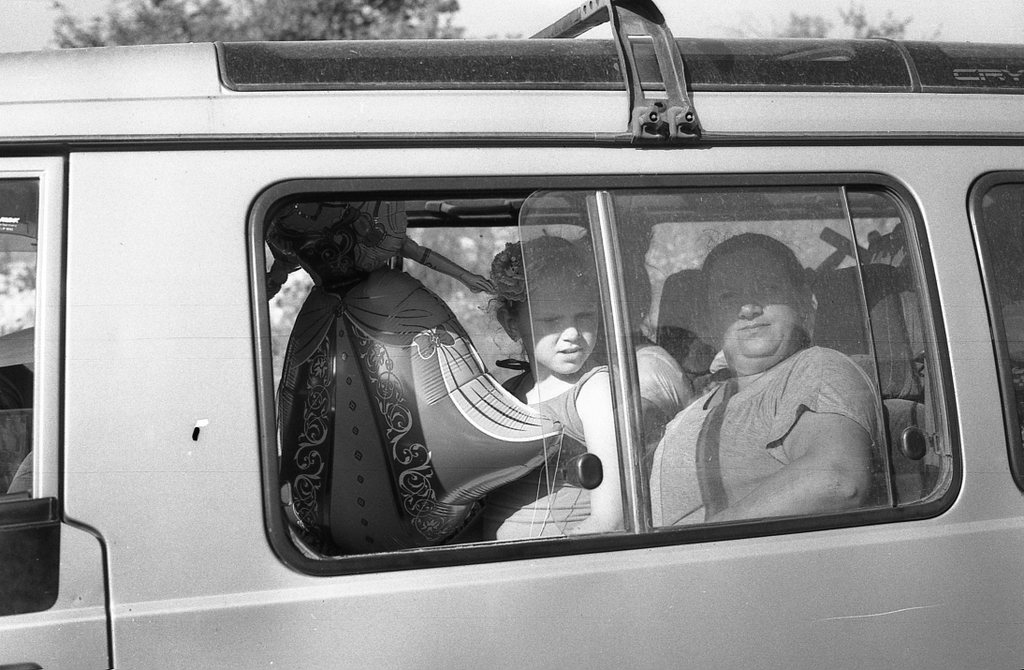I have black scratches that means they are in the emulsion then!
They are so fine that are invisible to naked eye when look at the emulsion part... They probably have equivalent scratches on the polished side which I saw only.
Xray could you please repeat how you can prevent getting scratches on the emulsion side. I didnt understand what you explained above about lucricants and rollers etc.
It is very annoying...I have very nice shots but all got scratches...Is this a common problem? Do you usually get it? Should I worry about it?
You may have said what camera you're shooting but I mssed that. If it's a camera with rollers that the film runs over to keep the film flat then potentially that could be the problem. Most 35's don't have rollers though.
If you're bulk loadng then some loaders use felt as a light trap. The felt can collect dust and scratch either or both sees of the film. Some loaders have no felt trap and nothing touches the film so no scratches from them.
If you're reusing your film cartridges dust can collect in the felt light traps and scratch your film on either or both sides. Very likely where it's coming from.
When you scan or print do you pull your film through the film holder or do you open the holder, move the film to the next frame. I've seen people pull film through the negative carrier or film holder on the scanner. Pulling it through is a good source of scratches.
Another source of scratches is after the film is dry winding the film into a tight roll to store it without cutting strips apart and putting in negative files. Winding the film up this way causes any tiny particle of dust to scratch the film. Carefully cut your film into strips in a clean environment and put them in print file negative pages.
When you dry your film if you squeegee your film I've had squeegees that put fine scratches on the film. Wash all the Photoflo off your squeegee each time and before use run your finger down the edge of each rubber blade to make sure it's clean and isn't damaged.
Most everyone has had scratches if they've been shooting very long. Just try to eliminate possibilities one at a time. You might do a couple of test rolls to see trying different things.
In a camera like a Nikon or Leica there shouldnt be anything touching the emulsion other than at the edges so there probably isn't any possibility of emulsion scratches. I have however had some little fleck of dirt get on the pressure plate and scratch my film.
Good luck.



